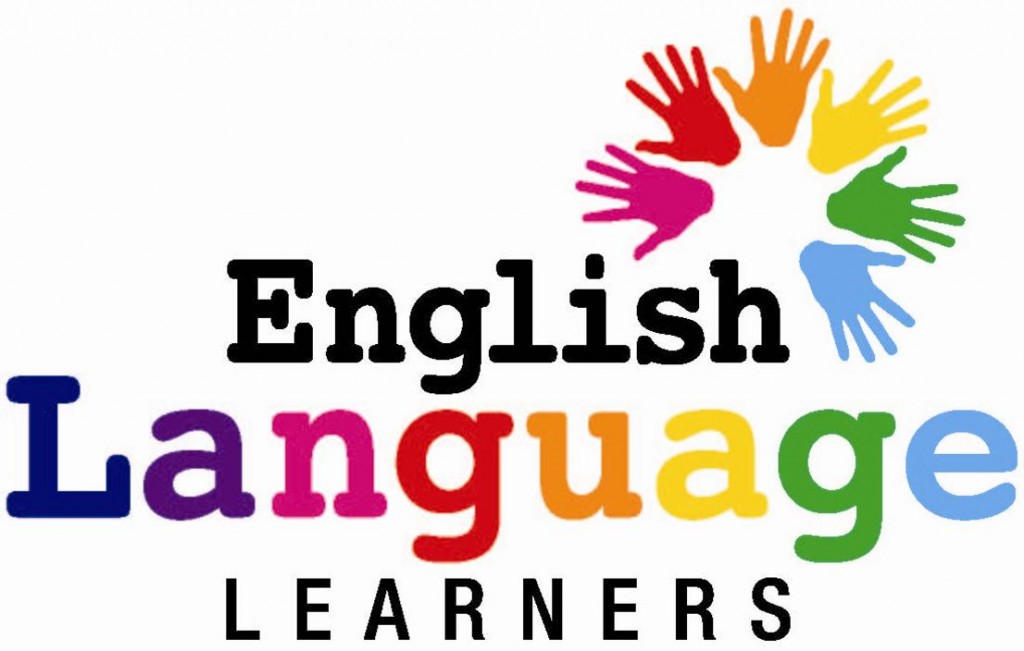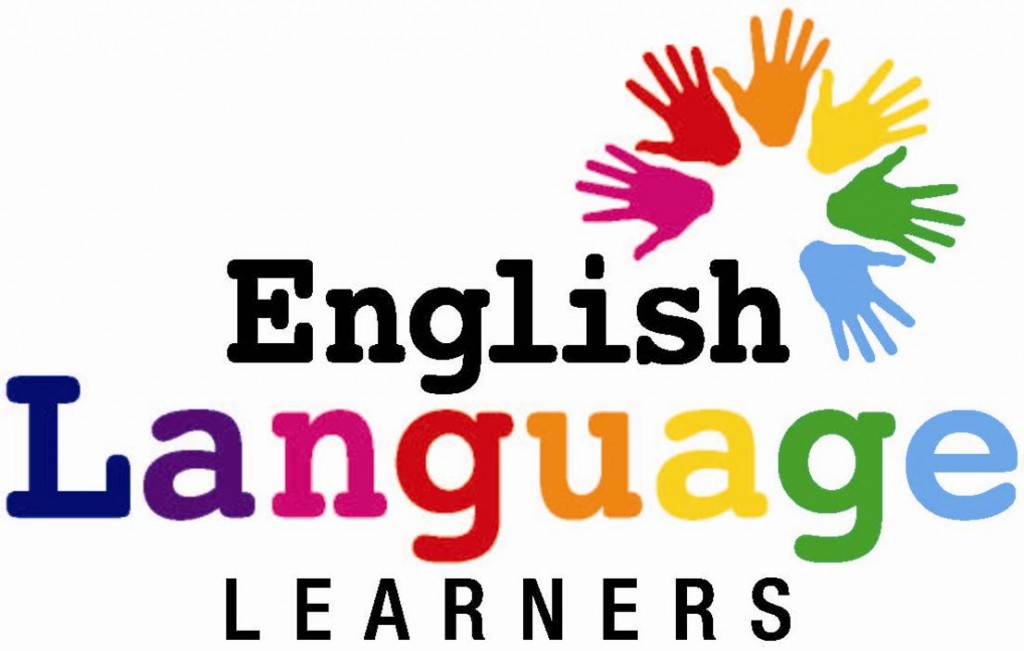Hello Aspirants. Welcome to Online English Section with explanation in AffairsCloud.com. Here we are creating question sample in Cloze test, which is BASED ON IBPS CLERK PRE EXAM and other competitive exams. We have included Some questions that are repeatedly asked in bank exams !!!
Known to the Albanians as Cobans (or shepherds), to the Slavs as Vlachs and to the Greeks as Koustchovlachis, they call themselves Aromanians or Rrumanians. Numbering over 80,000 members, in the opinion of the best – known Vlach scholar, Tom Winnifrith, one could find them throughout much of the southern part of the country, and as far north as Elbasan. Usually, they live intermingled with their Albanian neighbors and only a few areas could be claimed to be purely Aromanian, the most notable one being the one between Pogradec and Korce. Omnipresent to a knowledgeable eye, dispersed and hardly visible to a passing visitor, the Aromanian community in Albania remains today, much like it has in the past, one of the most elusive ethnic groups of the country.
While little is known of this community today, partly due to the isolation in which Albania
was subdued for so long, even less is known of its past, its origin. In spite of the fact that so much has been written about Albania’s Aromanians, especially in the first decades of the 1900s, few studies have paid a special attention to the early history of this community. Most have focused on the status of the community at the time and on the problems with which they were focused in relation to the state and the majority of interest toward Aromanian history is his absence of reliable sources of information before and during the Turkish period, and partly to the unique style of living practiced by a large part of the Aromanian community as wondering shepherds.
To further complicate matters, some Balkan countries have often speculated this lack of
pertinent information in order to foster their political interests in the region. Today, one can read about the Greek origin of the Aromanians, about the Illyrian origin of some Vlachs and even about the Aromanian origin of the Romanians and vice – versa. While some theories are based on more scientific observations and are worth taking a second look at.
Whatever little is known today of the origin of the Aromanians comes mainly through their
language which stands as a clear proof of their link to the Latin culture which has existed in the area since the beginning of the millennium. As to their actual ethnic origin, that is a subject much debated and which may never be properly answered. Greeks and Albanian historians point to a Greek or Illyrian origin of the Aromanians which they say were Latinised during that time and somehow managed to maintain their newly adopted language. Others point to the fact that the area inhabited today by Aromanians corresponds roughly to via Egnatia, the road was heavily guarded by Roman troops, which in turn may help explain the presence of a Latin speaking population so far south in what is regarded by most historians as an area dominated by the Greek language. The truth may lie somewhere in the middle, since it is most likely that the Roman legionaries intermarried with the local, native population, Greek and Illyrian, giving birth to a new nation, the Aromanians.
By the fourth century, much of the Balkan peninsula had been Romanised and a distinct form
of Vulgar Latin was developing in this area of the empire. However, it was not until the tenth century, after the fall of the Byzantine northern border along the Danube and the massive arrival of the migratory populations, that the Latin speaking population was split into two main groups: The Romanians in the north and the Aromanians in the south. This explains in fact the close similarity that exists to this day between Romanian and Aromanian; besides the classification made by most linguists of Aromanian as a dialect of Romanian, rather than a separate language. Due to these circumstances, it is unclear whether the first mention of spoken Latin in the Balkans made by Theopanes and Theophylact in 579 during a ride of the Byzantine army in present day Bulgaria, refers to Romanian or Aromanian. However, the next mention of Vlachs (the name used for Latin speaking population in general) – e.g. the Swiss – German word “Welschschweizer’ for their French speaking compatriots) made in 976 by Cedrenuc, a Byzantine historian, clearly refers to Aromanians. In his writings, Cedrenuc talks about the assassination of David, the brother of Samuel, the Tsar of Bulgaria, by wandering Vlachs. From that point, there are numerous mentions of Aromanians particularly since they became an active presence on the political stage with the establishment of the Second Bulgarian Empire by two Aromanian brothers, Peter and Asan, in 1204. Later on, Aromanians come to play an increased role in the region as it can be assumed from the fact that two areas, one just south of present day Albania, in Epirus and another around Thessalonika, came to be known as Little Vlachia and respectively Vlachia. It could be easily observed that even during those times when there was a relative wealth of information about Aromanians, little is known abut those living in present day Albania. This may be due to the fact that most of the mentions were made by Byzantine historians and therefore were limited to the areas with which they had a more direct contact.
- According to the passage, the Non – Albanian inhabitants of the region between Pogrdec and
Karec are known to the locals as_________
a). Corbans
b). Aromanians or Rrumanians
c). Vlachs
d). Koustchovlachs
e). Albaniansb). Aromanians or Rrumanians
2. According to the passage, what reasons have been cited for lack of knowledge pertaining to the history of the Aromanians________
I. Absence of reliable source of information
II. Unique style of living of the community
III. Isolation of Albania
IV. Most are concerned only with the present status of the community
V. Speculation by Balkan countries about the history of the Aromanians
a) I & II
b) I, II & III
c) All of The Above
d) None of The Above
e) Only I
3. Which of the following matches the definition of “Via Egnatia” as given in the passage
I. A four km long bridge that connects two cities
II. The stretch of highway between Delhi & Mumbai
III. The Suez Canal
IV. The navigable river between city I & city II
a) I & III
b) I & IV
c) II only
d) All of The Above
e) None of The Above
4. In the light of the passage, what is the most likely native language of Winnifrith______
a) Latin
b) German
c) Illyrian
d) Greek
e) None of The Above
5. According to the passage, one is likely to be able to read about which of the following
theories of the origin of the Aromanians?
a) Their Greek Origin
b) The Illyrian origin of some of them
c) Their Romanian origin
d) All of The Above
e) Only (a) and (b)



